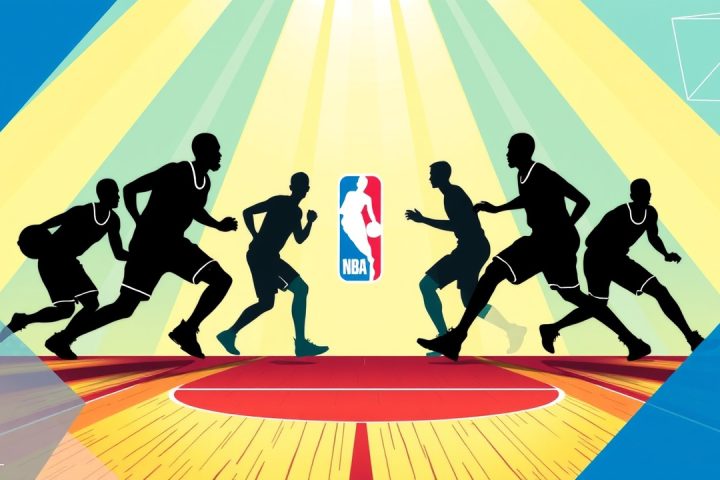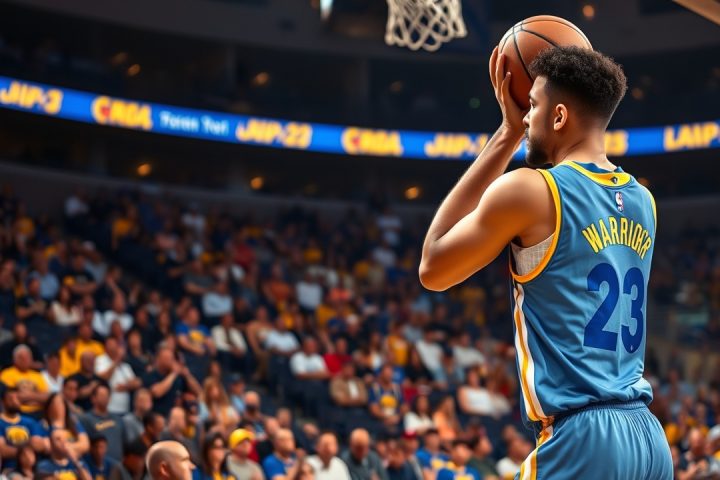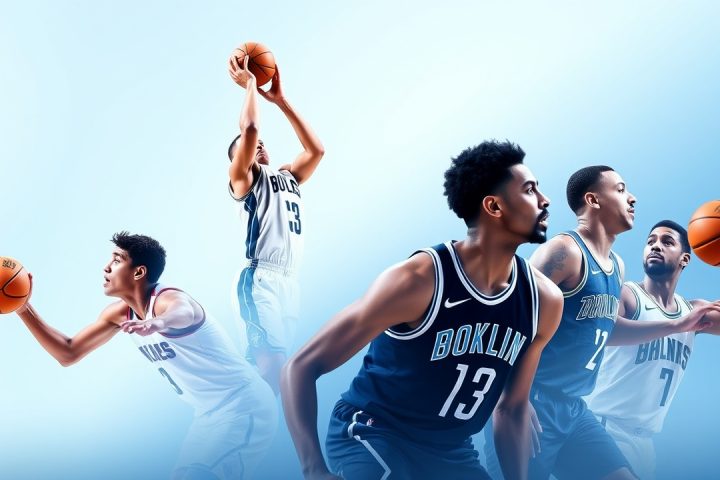Strategic Drafting in Fantasy Basketball
In the realm of fantasy basketball, strategic drafting is vital, and managers often adopt different philosophies regarding how to approach their rosters. While some players focus solely on accumulating the best talent regardless of position, others experiment with a strategy known as “punting,” wherein they consciously overlook a specific statistical category to enhance their performance in others. This technique can be particularly appealing to seasoned managers, who might even consider abandoning multiple categories during the drafting phase.
Punting Strategy Overview
A general rule of thumb for those utilizing this punting method is to limit their focus to no more than three categories, as this can streamline their strategy. Categories like field goal percentages, turnovers, and free throw efficiency are typically easier to navigate in this regard.
Timing is critical when implementing a punting approach—decisions should never be made before the draft. Each draft is dynamic, requiring participants to remain flexible based on the selections of others. For instance, if you intend to focus on punting free throw percentages around the hoped-for pick of Giannis Antetokounmpo but find him gone by your turn, you need to be prepared to pivot your strategy accordingly. The ability to adapt in real time is crucial for success in fantasy basketball drafts.
Key Statistics for Punting Strategy
In advance of the 2025-26 season, we delve into the primary categories and provide insights for managers considering a punting strategy. Below is a comprehensive breakdown of nine crucial statistics:
- Points: For those opting to forgo points, less prominent scorers gain appeal. High-scoring players like Nikola Jokić, Victor Wembanyama, and Shai Gilgeous-Alexander are solid first-round picks, while deeper in the draft, options like Dyson Daniels and Josh Hart could prove valuable for those punting in this category.
- Rebounds: Skipping rebounds could enhance the value of guards, with forwards and centers like Jaren Jackson Jr. and Myles Turner providing supplementary benefits through their shot-blocking prowess. Early-round targets here include Shai Gilgeous-Alexander and Luka Dončić.
- Assists: If assists are off the table, opting for players like Wembanyama and Anthony Davis can still yield a well-rounded team. Notably, guards such as Stephen Curry may also thrive in a punt-assist approach.
- Steals: Avoiding steals typically favors post players. Keep an eye on big men like Karl-Anthony Towns and others who may not excel in this stat but still contribute significantly elsewhere.
- Blocks: Contrastingly, punting blocks increases the value of guards, as high-blocking centers often fall into the background. Nikola Jokić, despite his low block averages, might be an exception worth considering.
- Turnovers: When targeting low-turnover players, focus on high-usage guards and efficient facilitators who can still score well, like Luka Dončić and Trae Young.
- Three-Pointers: Rotating around three-point shooting can immediately favor traditional big men like Anthony Davis while allowing perimeter players with lower three-point stats to be overlooked.
- Field Goal Percentage: Players such as Anthony Edwards and Trae Young might help fortify a team built on a weak field goal percentage by delivering high volumes of low-efficiency shots.
- Free Throw Percentage: Finally, excluding free throw performance allows managers to embrace players like Giannis Antetokounmpo, whose free-throw struggles are widely known yet overshadowed by their overall game value.
Conclusion
When weighing these strategies, always remember to tailor your approach based on real-time draft dynamics and personal evaluations to build a winning fantasy team.




